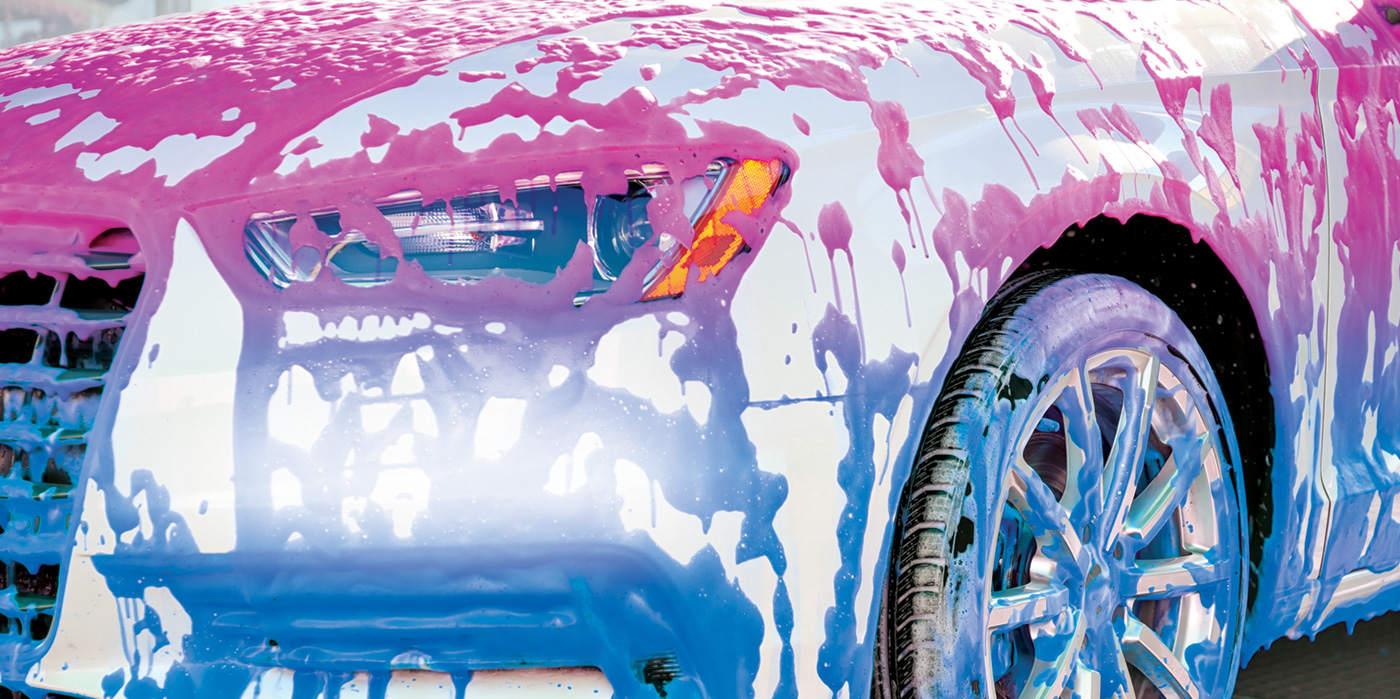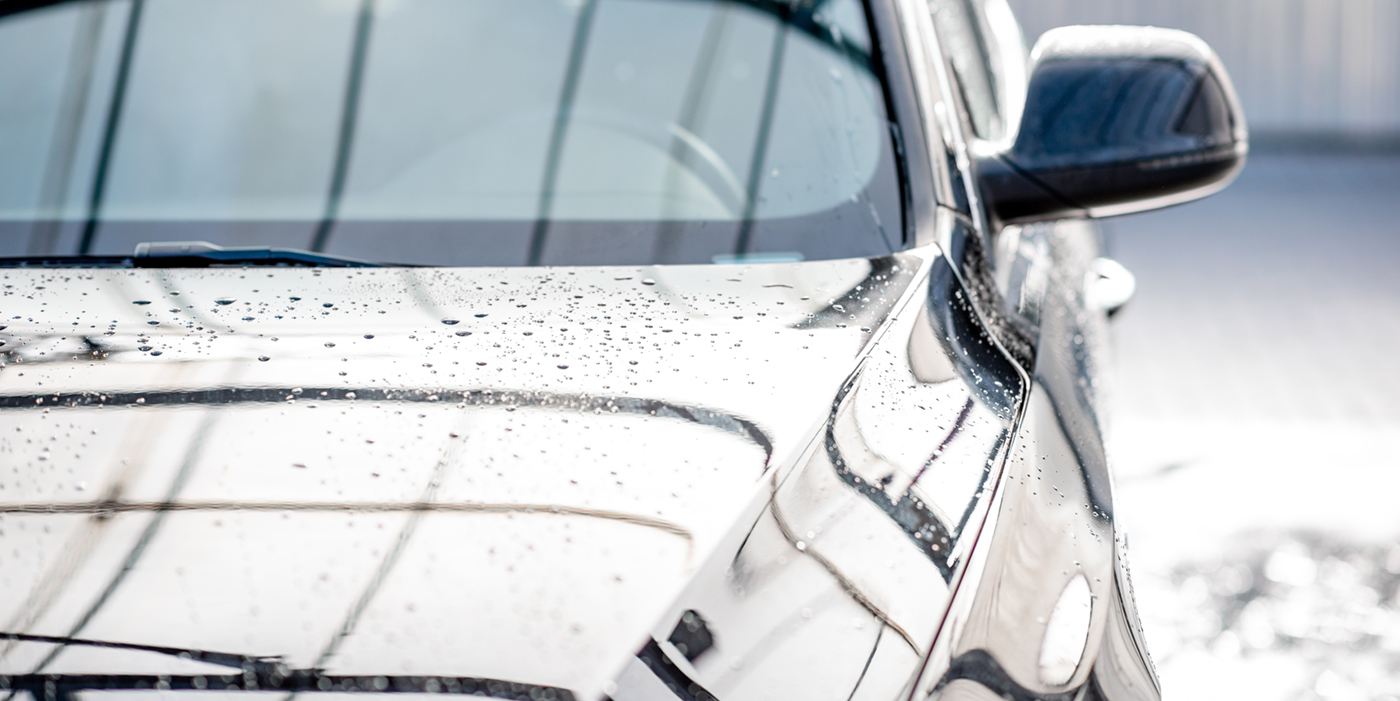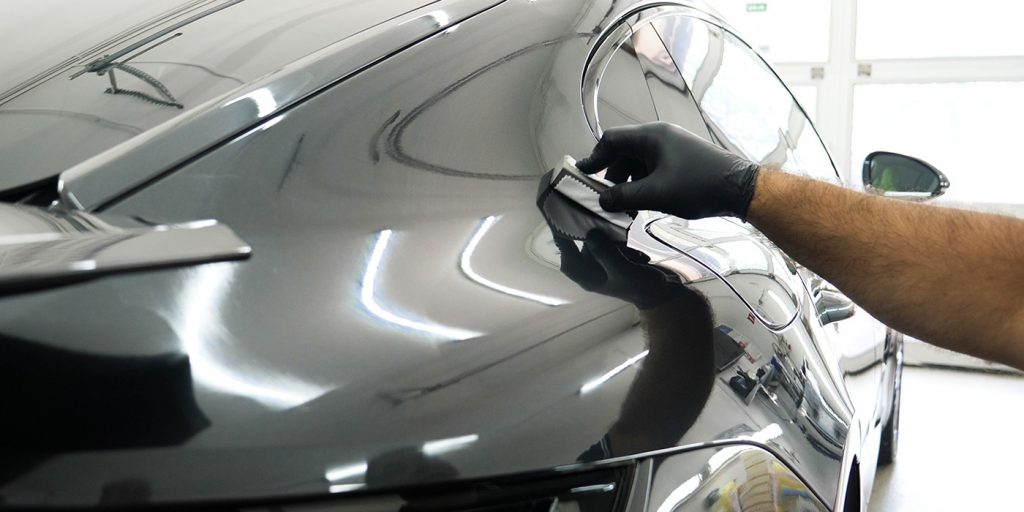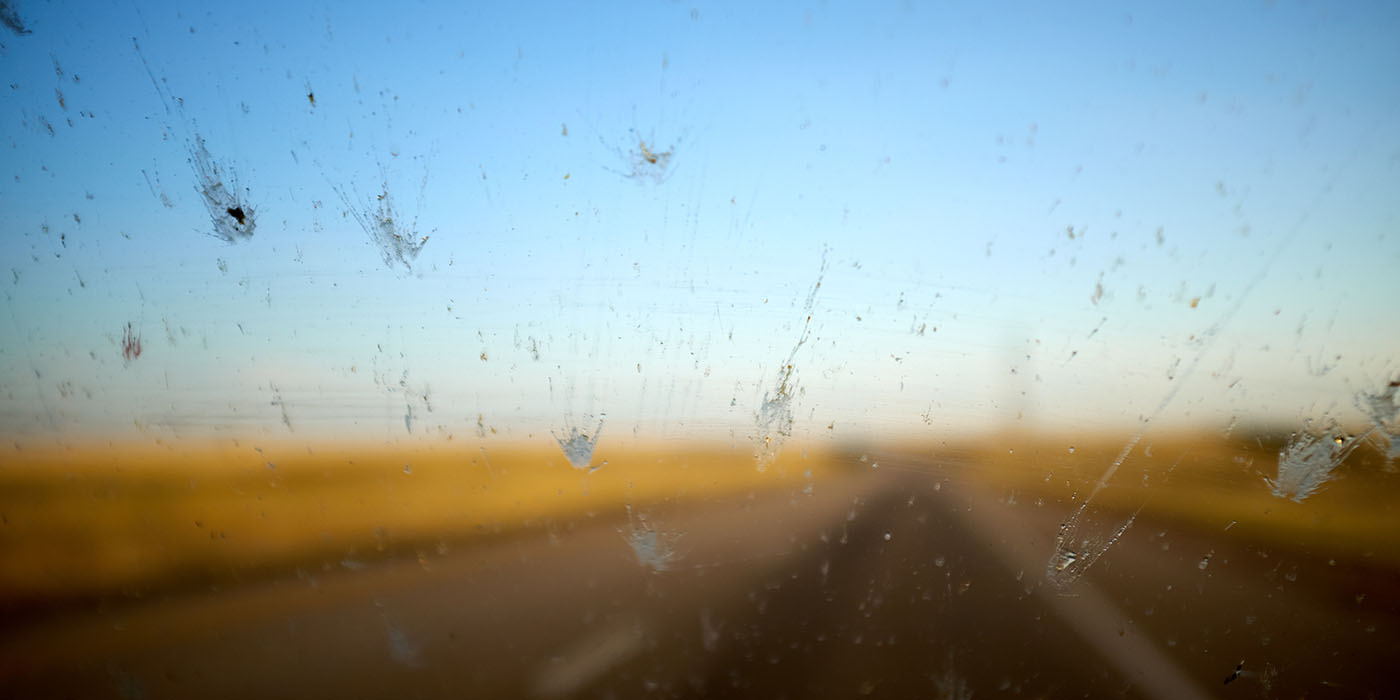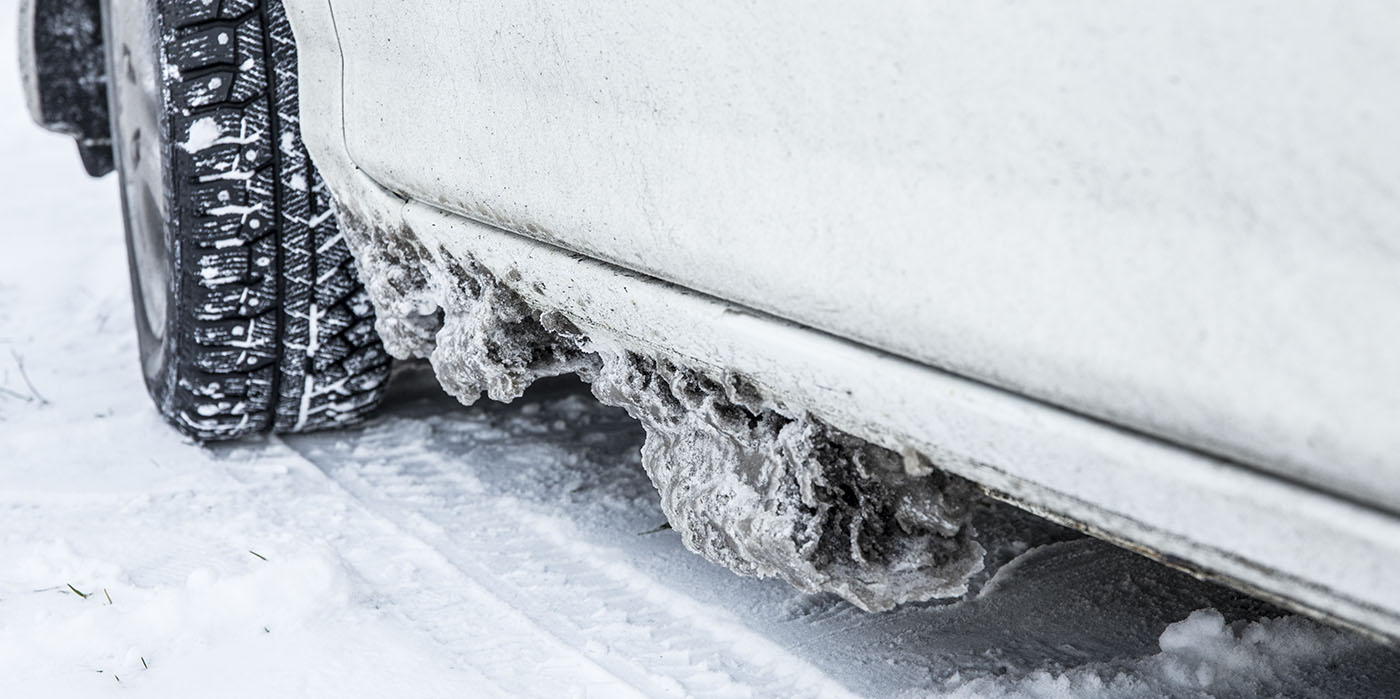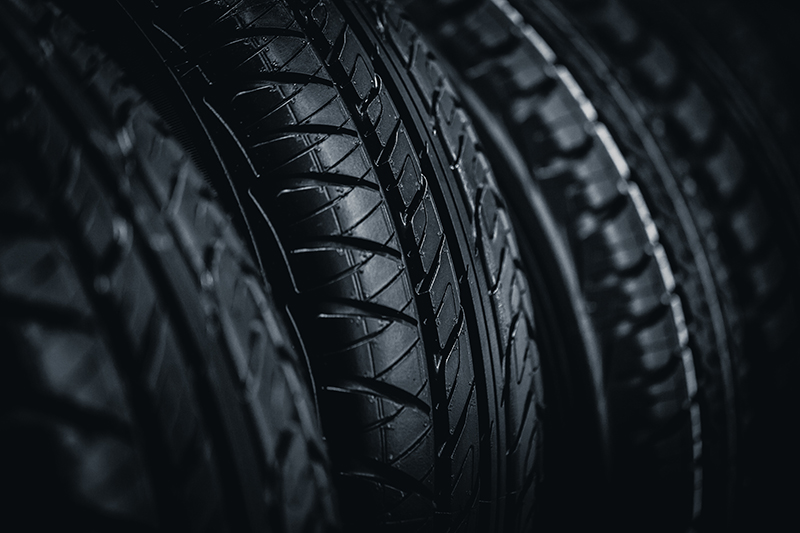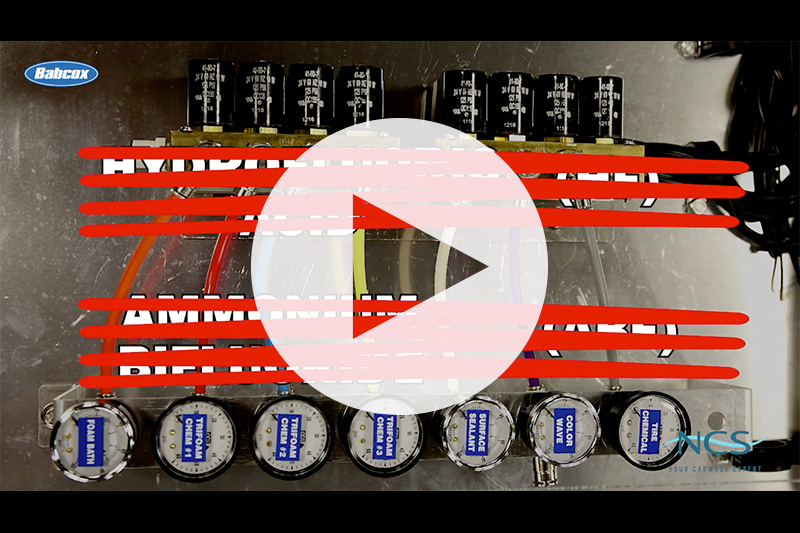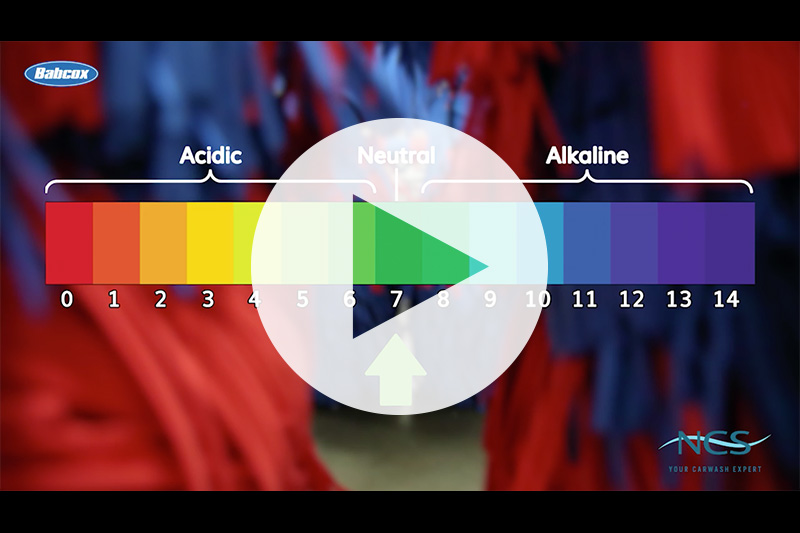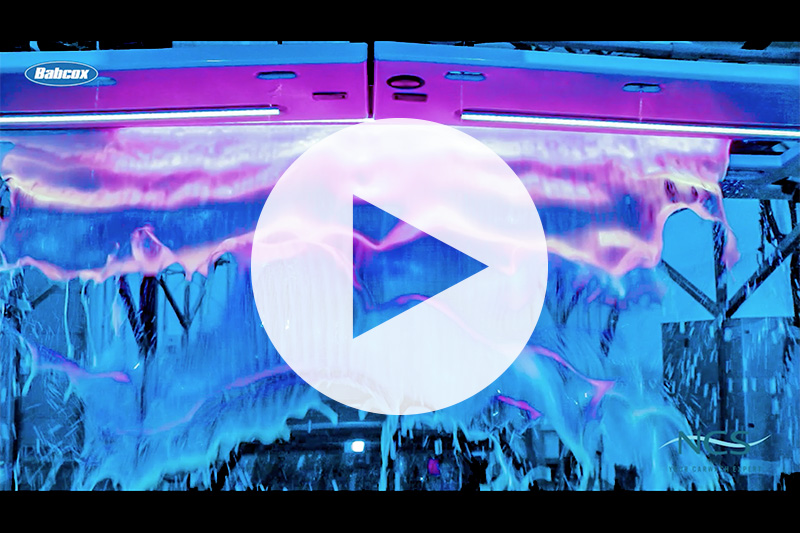As the car care industry developed, every phase of the typical carwash improved and matured. Over the years, sites were upgraded as operators stayed informed about carwashing advances and industry suppliers pushed results and profitability with research and development for new offerings. One necessity in the typical wash that has experienced massive development and maturation is chemistry.
Long gone are the “one-size-fits-all” soap selections from the early days of tunnel washing. Savvy carwash owners have long understood that carwash chemistry goes far beyond bubbles, scents and bright colors. Carwashing’s newest generation of chemistry is scientifically designed to clean surfaces quickly, safely and thoroughly. Further, carwash soaps and other chemicals are now formulated to rinse easily from all types of vehicles in tunnels and bays. Owners informed on the science behind modern carwash soaps understand that making effective chemical selections and ensuring proper titration can upgrade wash results while creating impressive cost savings.
Formulating new chemistry
For a chemical company, the first step in developing a new formula is to identify an unmet customer need, according to Andrew Landa, director of research and development for Zep Vehicle Care. The company Landa works for has a team that is trained to identify customer pain points and then work with scientists to develop possible solutions. Once the scientists develop a solution that works well in a laboratory setting, they will test the product in select carwashes across the country. This testing is important because it ensures the product meets performance standards and is stable in a variety of weather and soil conditions.
Related: Modern carwash chemistry solutions
Dan Kramer, technical director for Stone Soap Co. Inc., describes carwash detergent manufacturers as compounders who blend raw materials together into formulations designed specifically for the car care industry. The surface-active agents are the centerpiece ingredients of these products. As new surfactants become available that are either more environmentally friendly or more effective cleaners, they are incorporated into the products to provide carwash owners a better environmental profile and improved cleaning results.
“The key to providing carwash owners with better-performing products is a continuing quest for new raw materials by the detergent manufacturer,” Kramer says.
Also important is real-world performance testing. To that end, the company Kramer works for has its own on-site conveyor wash where potential new ingredients and formulas are tested under controlled conditions to determine their effectiveness. “New products that have made it through this rigorous process have proven their ability to perform better,” he notes.
Benefits of new offerings
Frank Yonker, vice president of research and development for Qual Chem, explains that newer carwash soaps work by first removing contaminants that stick to the vehicle’s clear-coat. They remove any environmental oxidation as well. Then, the surface is ready for a protectant that creates a sacrificial barrier on top of the clear-coat to prevent further environmental damage.
Some of the newest carwash soaps outperform older offerings in two key ways, Landa states. First, the chemicals provide vastly superior efficacy compared to older counterparts. Newer carwash soaps contain tailored ingredients that can better penetrate, lift and encapsulate dirt, removing a variety of soils from many different types of vehicle surfaces. These superior-performing chemistries also allow carwash operators to use less water to wash a vehicle due to their better soil-penetrating and -loosening capabilities.
Related: The five factors of clean: Chemistry, part one
“The advanced detergent and protectant formulations currently available in the marketplace provide maximum lubrication and protection of both the clear-coat and matte finishes found on today’s vehicles,” Landa continues. “The best and most effective protectants in the marketplace today contain additives, such as self-curing polymers, to provide protection and durability to all vehicle finishes.”
Second, today’s concentrated chemistries provide additional sustainability benefits for carwash operators. Landa notes that these newer concentrated chemistries come in smaller, recyclable packaging that can reduce the transportation and backroom carbon footprint while maximizing the number of vehicles washed per container.
Popular carwash services
What types of modern chemistry services and carwash soaps have proven popular with both carwash operators and their customers? Yonker states that good operators look for services that provide the customer an added benefit to increase the dollar sale rather than just a colored foam. These types of chemical products are often the most popular, as they deliver benefits customers can actually see, such as greater shine on a vehicle’s surface or tires.
The protection products category has dominated the discussion over the last 10 to 12 years, according to Doug Marquis, vice president of business development for CSI – Lustra Car Care Products. Super-sealants, or total vehicle protectants, really kicked off the craze. The trend then continued into specialty waxes, carnauba products and now fast-crashing polymer super-foamers.
Two core business components — demand and technology — drove the development of this trend. Carwash operators have a continuous need to create ways to drive additional revenue, so they are hungry for “extra-service” product offerings, Marquis explains. That demand, in part, then pushes the chemical suppliers to invest in technology to develop solutions that meet these needs. As a result, chemical companies now have scientists with decades of advanced technology chemical formulation expertise working to design products that not only produce clean, dry and shiny cars but also do so at a nano-technology level.
Best chemical practices
As chemistry is massively important to every carwash location, Kramer offers a few best practices for operators. First, never mix chemicals. “Always keep all chemicals in their original containers and be certain that your SDSs (safety data sheets) are current and available to your employees,” he says.
Next, Kramer states that the chemical balance in a modern carwash is a finely-tuned system. If vehicles were breaking and drying well previously, but they are not currently, the answer should not be to turn up the drying agent. Instead, an owner should find and fix the cause of the change. In short, the adage of “if one is good, two is better” does not apply inside a carwash. Small changes in chemical dosing can create huge headaches for an operator, and this may prevent a wash from producing a clean, dry and shiny vehicle for the customer.
Water reclaim options
Today, many carwash owners have installed reclaim systems to reduce water and sewer costs and to comply with increasing regulatory requirements. When using a reclaim system, it is important to apply reclaim-compatible or reclaim-friendly products. This ensures that the performance of the reclaim system is unaffected while delivering a high-quality wash, Landa notes. Using reclaim-compatible or reclaim-friendly products can alleviate foul odors, bacteria growth and clogging that can interfere with the dispensing system.
“The balance between the right water treatment solution and the right chemicals not only ensures your reclaim system performs at its best, but [it] also ensures that your chemicals are working at peak performance to deliver a quality wash,” Landa says. “Operators should work with their chemistry provider to identify products that will be most compatible with their specific reclaim system and water quality.”
Related: Water’s role in the carwash
Kramer notes that water reuse is a trend that will only become more important as the cost of water rises. If a wash reuses all or part of its water, the chemical supplier must adjust the selection of detergents to be “reclaim compatible.” If an incorrect selection is made, the recycled water can rapidly become fouled with a strong contaminant and require a complete reclaim system cleanup.
“Detergent systems for washes using reclaimed water are designed to function within the confines of a reclaim system and be as effective and low-cost as standard detergents,” Kramer states.
Fresh water may still be the best choice for mixing with chemistry. Marquis explains that reclaimed water is typically not best used as part of a chemical application. For the vast majority of these applications, the amount of water needed is small enough that fresh water is the best option. Instead, reclaim water can be used in a removal or underbody flush wash system or for mid-wash rinses.
Chemistry homework
The best avenue to stay current with new offerings and programs available in the carwash industry is to consult with a local chemical sales consultant or distribution supplier, according to Landa. Trade shows, regional association meetings, industry magazines and chemical provider websites are also great places to research new programs and chemical offerings.
Suppliers that are most interested in the operator’s success will look at the carwash in terms of helping to achieve greater long-term performance and profits, Landa reveals. While high-quality chemicals are important, everything that touches those chemicals plays a role in making sure a wash is getting its best performance. That means chemical suppliers should make sure that chemistry, water quality as well as dispensing and application work together to achieve optimized wash performance.
“Developing relationships with the chemical reps and distributors in your area is the key to staying up-to-date with new chemistry offerings,” Yonker concludes. “A great rep will take the time to get to know your wash inside and out and can provide ideas on how new products can take your wash to the next level from both a performance and marketing standpoint.”
Jonathan Abrams is a freelance writer.



